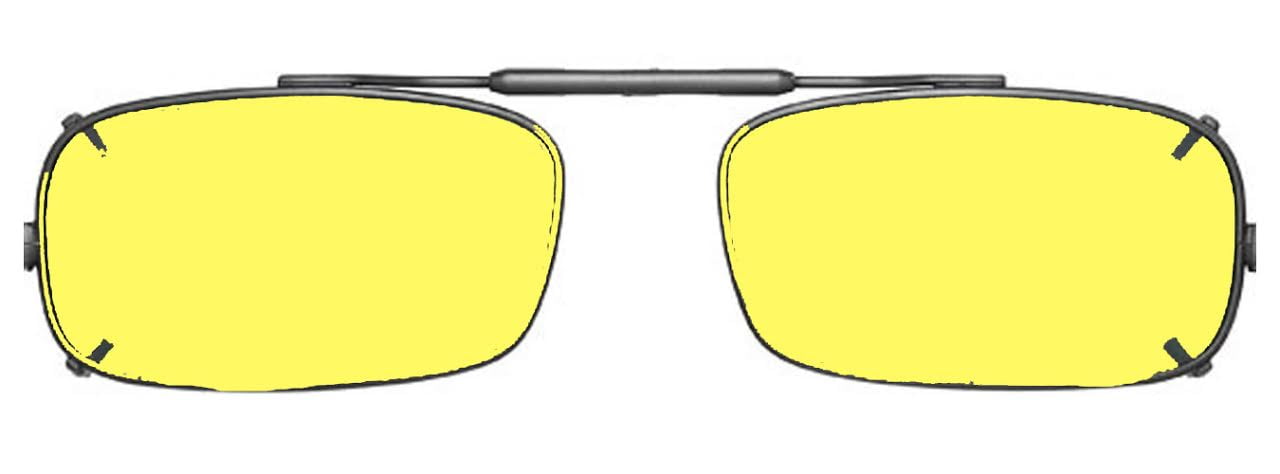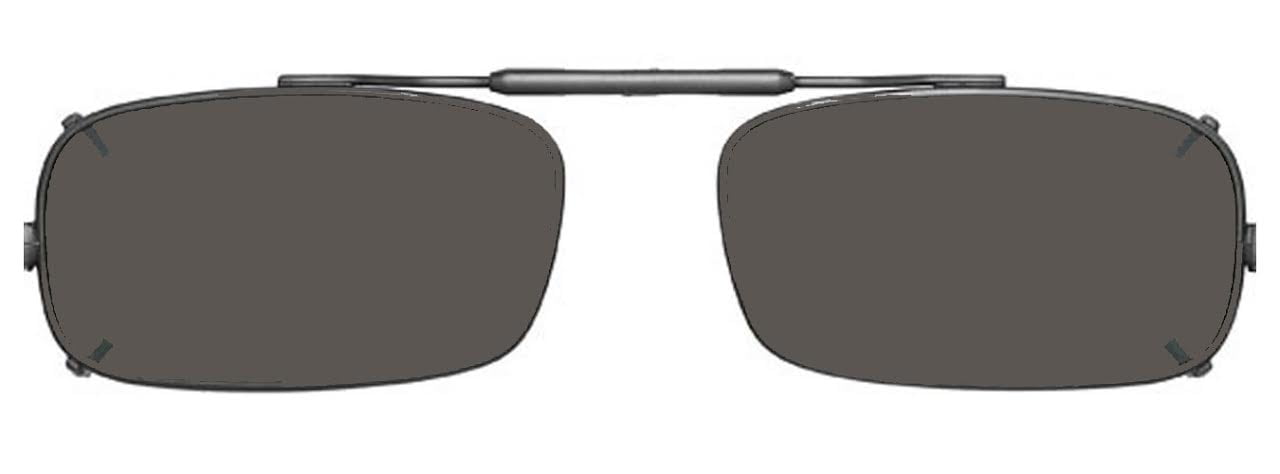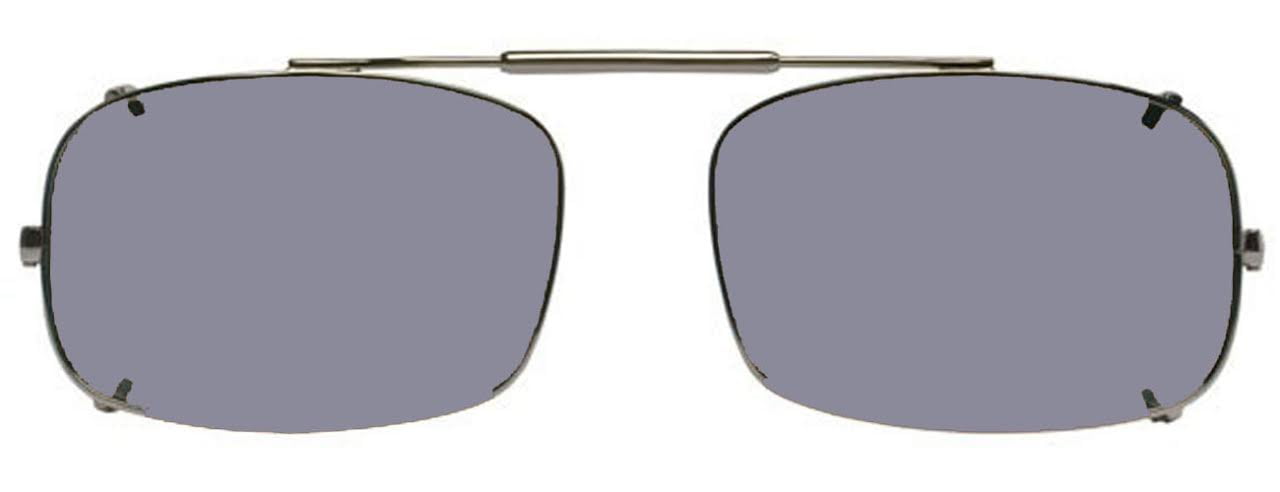

“Our assessment of it shouldn’t be either.”

What results is a far more holistic and informed assessment and treatment plan than those informed by traditional pain scales, which are prone to bias and oversimplification.

Those metrics can then be analyzed using machine learning, taking into consideration other factors such as the emotional toll that often results from chronic discomfort, decreased mobility, or lost time with loved ones. With wearables and environmental sensors, she can capture metrics including heart rate, sleep patterns, and even the acoustic properties of a patient’s speech, all of which provide data about the person’s pain experience. Watson Research Center, Berger employs machine learning to quantify long-term pain and help predict ways to relieve it. “Being able to use digital technologies provides a sense of control and creates more informed conversations with physicians.”Ī neuroscientist at IBM’s T.J. “A lot of the suffering from having chronic pain is about no longer having control over your body and your body’s sensations,” says Berger. “We need to be doing our due diligence to study those downstream effects so that we can mitigate any risk for harm.”ĭeveloping smart technology to help patients assess and manage pain is a deeply personal pursuit for Sara Berger, who spent years watching her parents cope with chronic painand struggle to navigate the medical system. “Humans in the real world are complicated, and we should account for that,” she says. More than 20% of retinal scans were rejected, leaving frustrated patients and their health-care providers looking for more conventional alternatives.īeede thinks such unsatisfying results are a critical example of the need to ensure that AI-powered tools for humans are put through rigorous and meticulous testing before being deployed. She found that this was because the algorithm was trained on high-quality eye scans, and when the quality of images taken in the clinic suffered because of factors like poor lighting, the scans were rendered useless. Beede found that the algorithm, which had performed with over 90% accuracy in the lab, presented problems in real-world tests across 11 clinics in Thailand. It’s been on a swift surge, along with other Treasury yields, as the Federal Reserve jacks up short-term interest rates at the fastest pace in decades.Emma Beede has an unorthodox claim to technological fame: a study she ran showed that one of her employer’s new technologies needed critical improvements before it could be deployed in the real world.īeede’s study tested a deep-learning algorithm created by Google Health to screen eye images for diabetic retinopathy, a condition caused by high blood sugar that damages the retina and makes it difficult to sense light. Treasury bond briefly topped 4% on Wednesday morning, touching its highest level in more than a decade. Underscoring those concerns, the yield on the 10-year U.S. Analysts say more turbulence is likely as worries about a possible recession, higher interest rates and even higher inflation continue to hang over Wall Street. stock market is still down more than 20% from its record set early this year and remains near its lowest point since late 2020. That caused the value of the British pound to plunge and bond yields globally to jump.ĭespite Wednesday’s rally, the U.S. After the government there announced a sweeping set of tax cuts, investors worried that the attempts to boost the British economy could push already high inflation even higher. The moves helped markets recover recent losses triggered by turmoil in British financial markets.


 0 kommentar(er)
0 kommentar(er)
